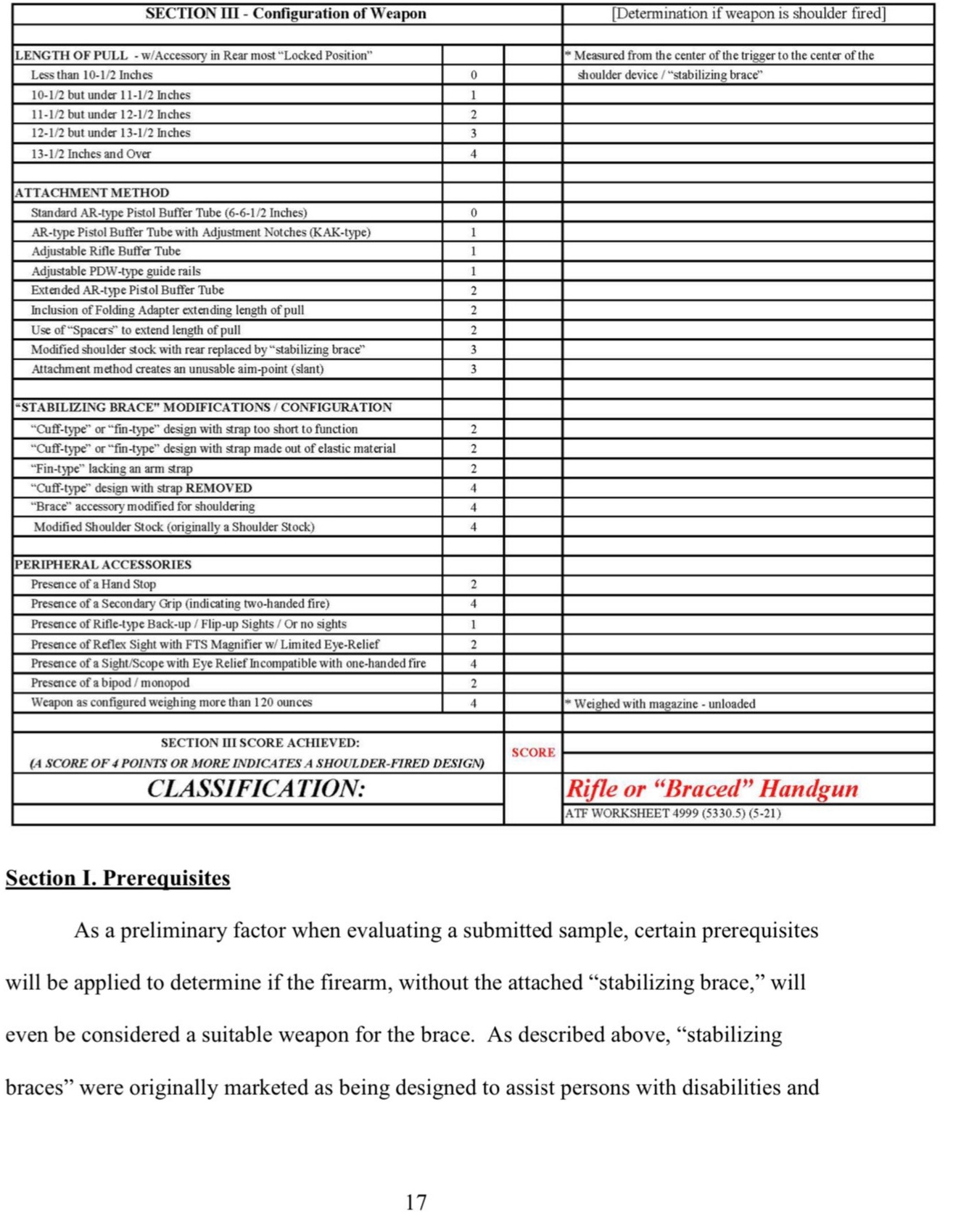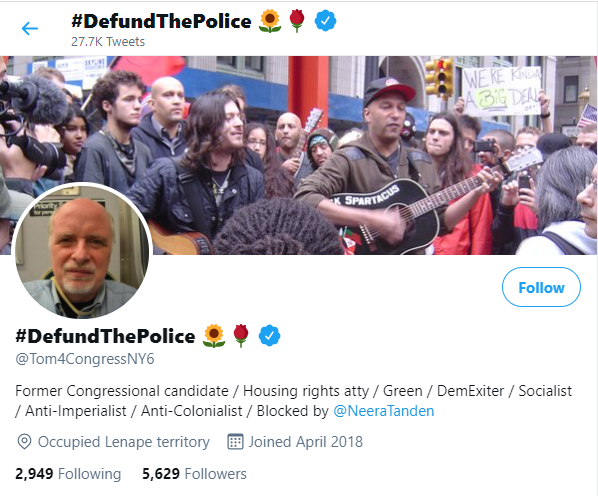It’s perfect.
This was the intent of the original Pride flag:
It goes back to 1978, when the artist Gilbert Baker, an openly gay man and a drag queen, designed the first rainbow flag. Baker later revealed that he was urged by Harvey Milk, one of the first openly gay elected officials in the U.S., to create a symbol of pride for the gay community. Baker decided to make that symbol a flag because he saw flags as the most powerful symbol of pride. As he later said in an interview, “Our job as gay people was to come out, to be visible, to live in the truth, as I say, to get out of the lie. A flag really fit that mission, because that’s a way of proclaiming your visibility or saying, ‘This is who I am!’” Baker saw the rainbow as a natural flag from the sky, so he adopted eight colors for the stripes, each color with its own meaning (hot pink for sex, red for life, orange for healing, yellow for sunlight, green for nature, turquoise for art, indigo for harmony, and violet for spirit).
The first versions of the rainbow flag were flown on June 25, 1978, for the San Francisco Gay Freedom Day parade. Baker and a team of volunteers had made them by hand, and now he wanted to mass-produce the flag for consumption by all. However, because of production issues, the pink and turquoise stripes were removed and indigo was replaced by basic blue, which resulted in the contemporary six-striped flag (red, orange, yellow, green, blue, and violet). Today this is the most common variant of the rainbow flag, with the red stripe on top, as in a natural rainbow. The various colors came to reflect both the immense diversity and the unity of the LGBTQ community.
Apparently, that was not diverse enough so they had to add to it.
But it’s the way they added to it that is so outstanding.
The best polling information shows that gays and lesbians, actual homosexuals, make up about 4% of the general population.
Trans people who actually take steps to transition (not just some guy who grows his hair out long to call himself a lesbian on a gay dating app or a high schooler on Tumblr) are about 0.2% of the population.
Intersex people, those born with congenital or genetic birth defects that result in ambiguous sexual features, are about 0.05% of the population.
For the new Pride flag, Trans and Intersex are now totally covering up LGB.
Also, the original Pride flag had nothing to do with race, but the new Pride flag has to make black and brown stand out.
This is a perfect representation of Progressivism, the smaller the identifiable group the louder they can shout about their grievances, and the more attention they get and the more they can dominate the conversation.
I can’t wait until next year when the Pride rainbow will become the minority of the flag as new identity micro-groups will be added to increase intersectionality.
Like this:
Like Loading...






